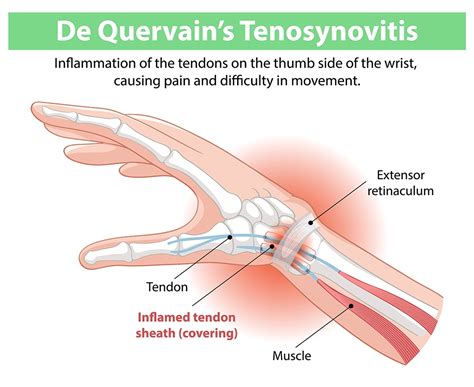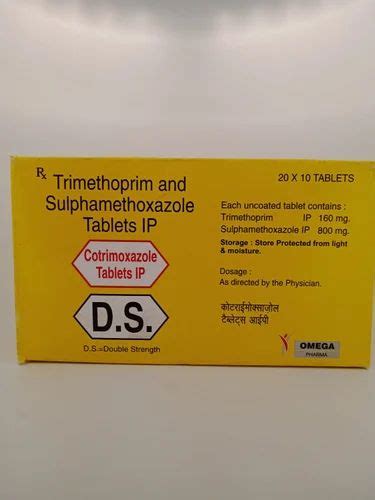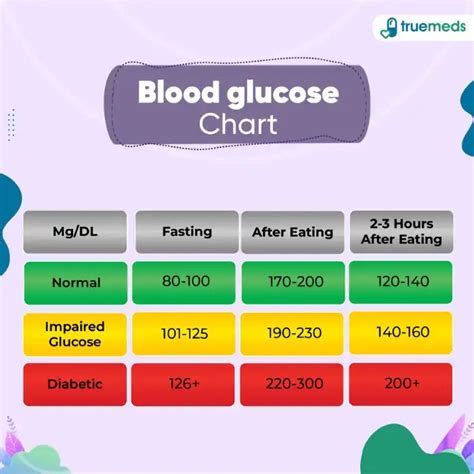De Quervain’s tenosynovitis is a condition that affects the tendons on the thumb side of your wrist, leading to pain and tenderness, especially when forming a fist, grasping, or turning the wrist. This condition is common among individuals who perform repetitive activities, such as golfers, rowers, and those who frequently use their wrists in a twisting motion. Understanding the causes, symptoms, and treatment options for De Quervain’s tenosynovitis can help you manage the condition and reduce wrist pain.
What is De Quervain’s Tenosynovitis?
De Quervain’s tenosynovitis is a condition that occurs when the tendons around the wrist, specifically the extensor pollicis brevis (EPB) and abductor pollicis longus (APL) tendons, become inflamed. These tendons are surrounded by a slippery tissue called synovium, which helps reduce friction between the tendons and the bone. However, when the tendons become irritated, the synovium becomes inflamed, leading to pain and difficulty moving the wrist and thumb.
Causes of De Quervain’s Tenosynovitis
De Quervain’s tenosynovitis can be caused by a variety of factors, including:
- Repetitive activities: Engaging in repetitive activities that involve twisting or turning the wrist can cause strain on the tendons, leading to inflammation and pain.
- Direct blow to the wrist: A direct blow to the wrist or a sudden contraction of the thumb tendons can cause De Quervain’s tenosynovitis.
- Poor wrist position: Maintaining the wrist in an awkward position for an extended period can put strain on the tendons, leading to inflammation.
- Lifestyle factors: Smoking, obesity, and certain medical conditions, such as rheumatoid arthritis, can increase the risk of developing De Quervain’s tenosynovitis.
Symptoms of De Quervain’s Tenosynovitis
The symptoms of De Quervain’s tenosynovitis can vary, but common symptoms include:
- Pain and tenderness: Pain and tenderness on the thumb side of the wrist, especially when forming a fist, grasping, or turning the wrist.
- Swelling: Swelling or inflammation on the thumb side of the wrist.
- Limited mobility: Difficulty moving the wrist or thumb due to pain or stiffness.
- Snap or click: A snapping or clicking sound when moving the thumb or wrist.
Treatment Options for De Quervain’s Tenosynovitis
Treatment for De Quervain’s tenosynovitis typically involves a combination of conservative management and physical therapy. Conservative management options include:
- Rest, ice, compression, and elevation: Resting the affected wrist, applying ice to reduce inflammation, compressing the area with a bandage, and elevating the wrist above the level of the heart to reduce swelling.
- Pain relief medication: Over-the-counter pain relief medication, such as acetaminophen or ibuprofen, can help alleviate pain and reduce inflammation.
- Physical therapy: A physical therapist can help improve wrist mobility and strength, and provide guidance on proper wrist positioning and movement techniques.
In some cases, more invasive treatments may be necessary, such as:
- Corticosteroid injections: Injecting corticosteroids into the affected area to reduce inflammation and relieve pain.
- Surgery: In severe cases, surgery may be necessary to release the narrowed tendon sheath and relieve pressure on the tendons.
What are the most common causes of De Quervain's tenosynovitis?
+The most common causes of De Quervain's tenosynovitis include repetitive activities, direct blows to the wrist, and poor wrist positioning.
How long does it take to recover from De Quervain's tenosynovitis?
+Recovery time for De Quervain's tenosynovitis can vary depending on the severity of the condition and the effectiveness of treatment. With conservative management and physical therapy, most people can recover within 4-6 weeks.
Can De Quervain's tenosynovitis be prevented?
+'Yes, De Quervain's tenosynovitis can be prevented by taking regular breaks to rest and stretch the wrists, maintaining proper wrist positioning, and avoiding repetitive activities that involve twisting or turning the wrist.
By understanding the causes, symptoms, and treatment options for De Quervain’s tenosynovitis, individuals can take proactive steps to manage the condition and reduce wrist pain. With the right treatment and prevention strategies, it is possible to alleviate symptoms and improve overall wrist health.
Advanced Treatment Options and Future Directions
In recent years, there has been a growing interest in advanced treatment options for De Quervain’s tenosynovitis, including:
- Platelet-rich plasma (PRP) therapy: Injecting platelet-rich plasma (PRP) into the affected area to stimulate healing and reduce inflammation.
- Stem cell therapy: Using stem cells to repair damaged tendons and promote tissue regeneration.
- Laser therapy: Using low-level laser therapy to reduce pain and inflammation, and promote tissue healing.
While these advanced treatment options show promise, more research is needed to fully understand their effectiveness and potential benefits.
Conclusion
De Quervain’s tenosynovitis is a common condition that affects the tendons on the thumb side of the wrist, leading to pain and tenderness. By understanding the causes, symptoms, and treatment options for this condition, individuals can take proactive steps to manage their symptoms and improve overall wrist health. With the right treatment and prevention strategies, it is possible to alleviate symptoms and reduce the risk of future complications. Remember to always consult with a healthcare professional for proper diagnosis and treatment.



